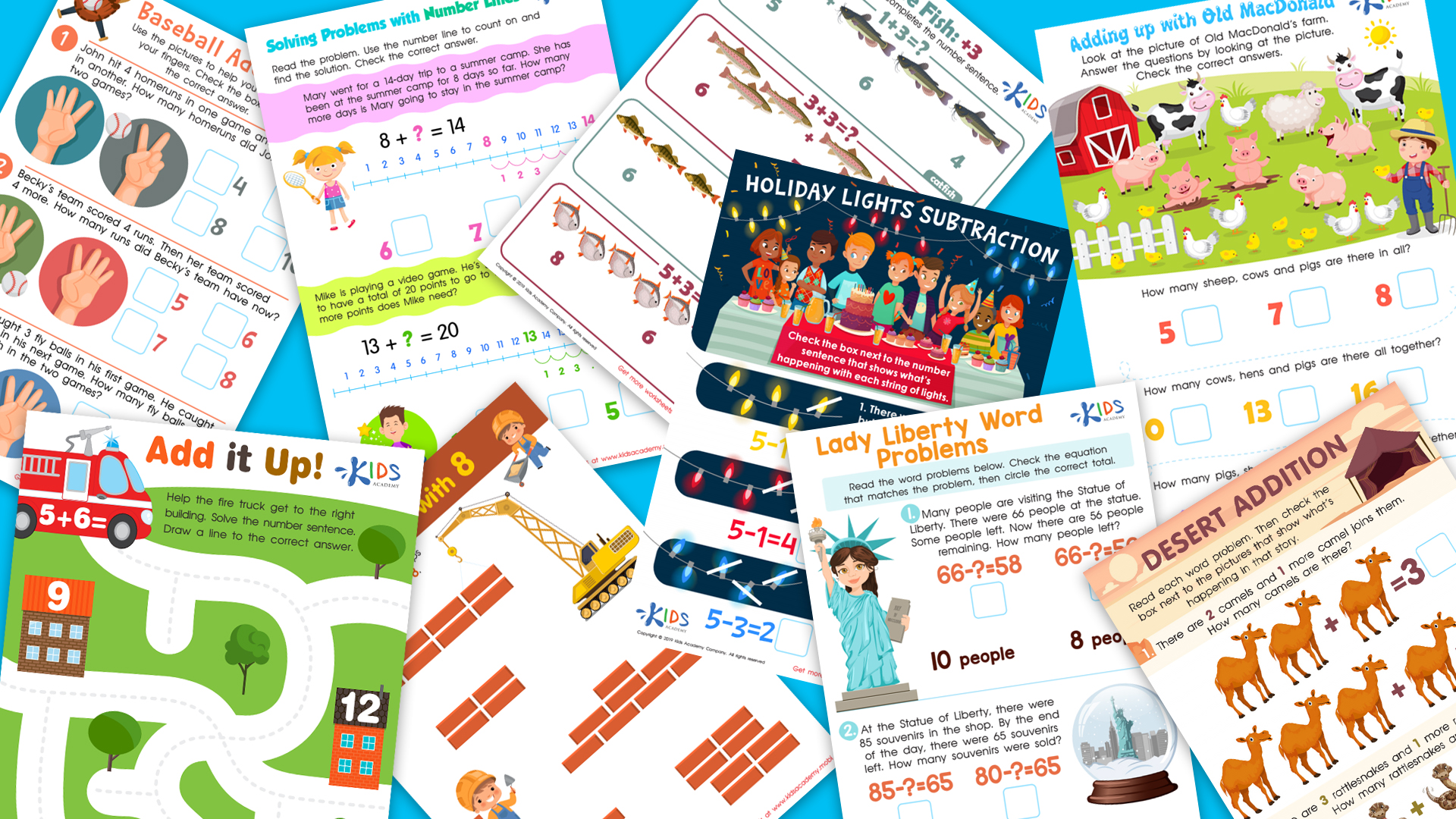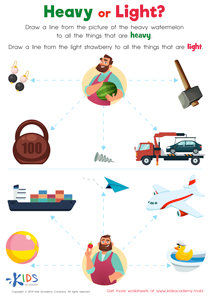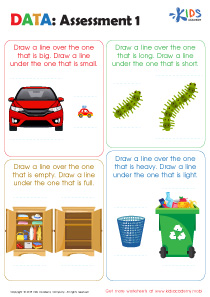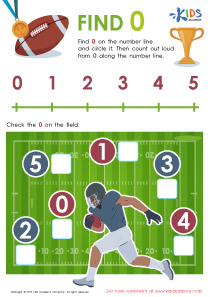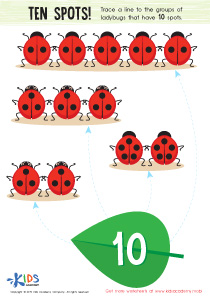Normal Word Problems Worksheets for Ages 4-6
40 filtered results
-
From - To
Unlock the world of basic math with our "Normal Word Problems" worksheets, tailored specifically for children aged 4-6 years. These engaging school online printables are designed to introduce young learners to the fundamentals of problem-solving using simple, age-appropriate language and fun scenarios. Each worksheet encourages critical thinking and develops essential math skills that form the foundation for future learning. Perfect for at-home practice or classroom activities, our printable resources will boost your child's confidence and proficiency in handling real-world math problems. Set your child on the path to success with our captivating and educational worksheets!
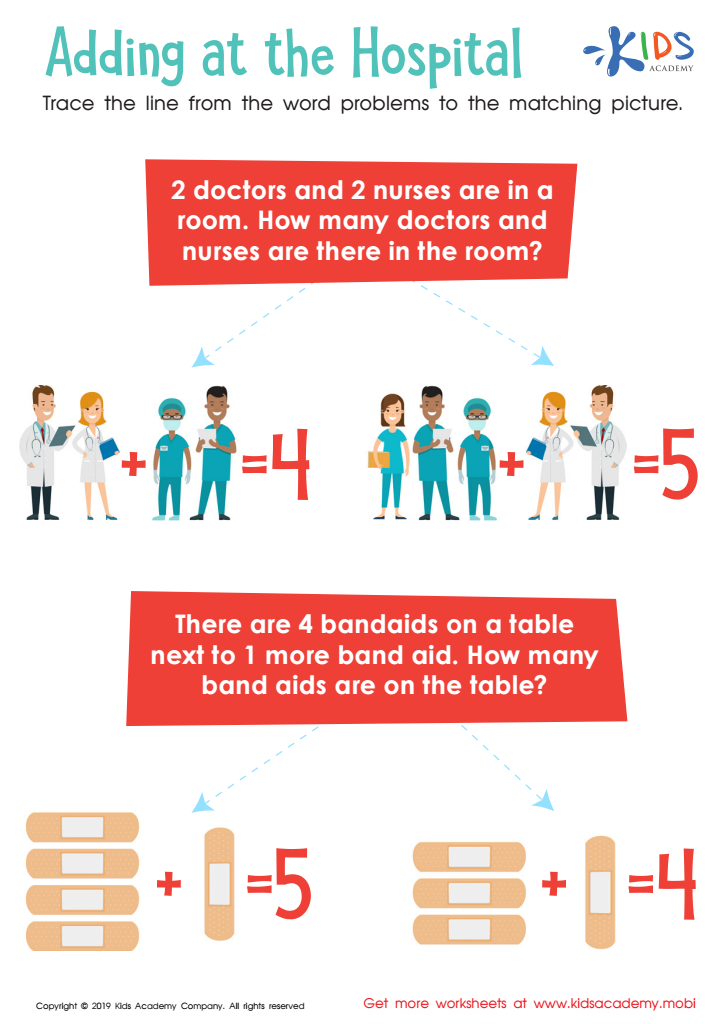

Adding at the Hospital Worksheet
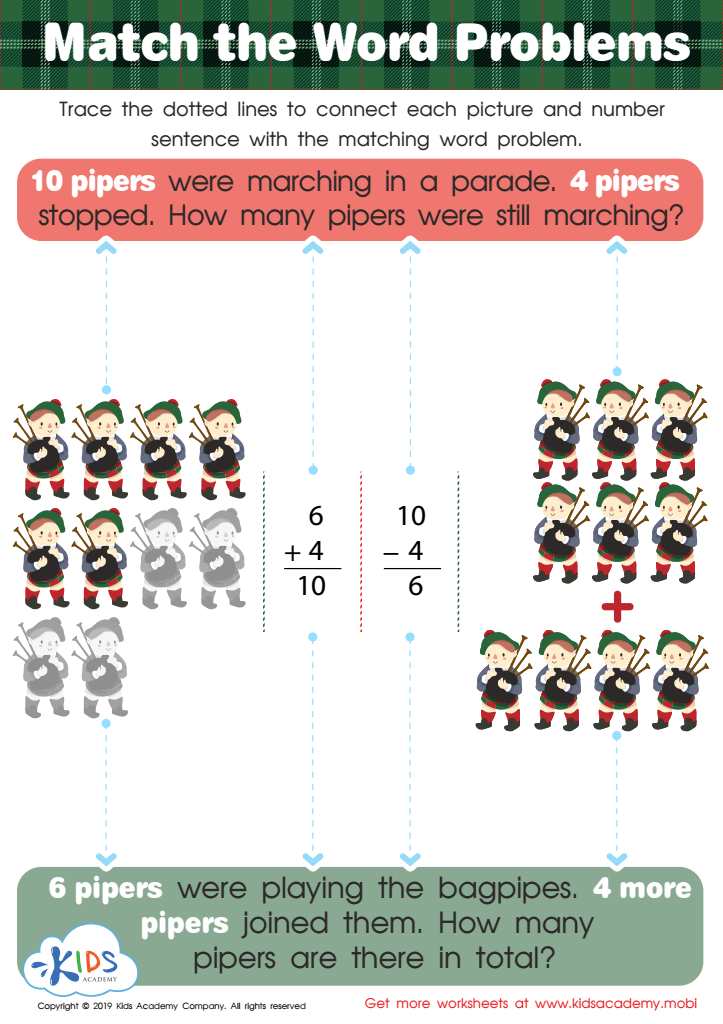

Match the Word Problems Worksheet
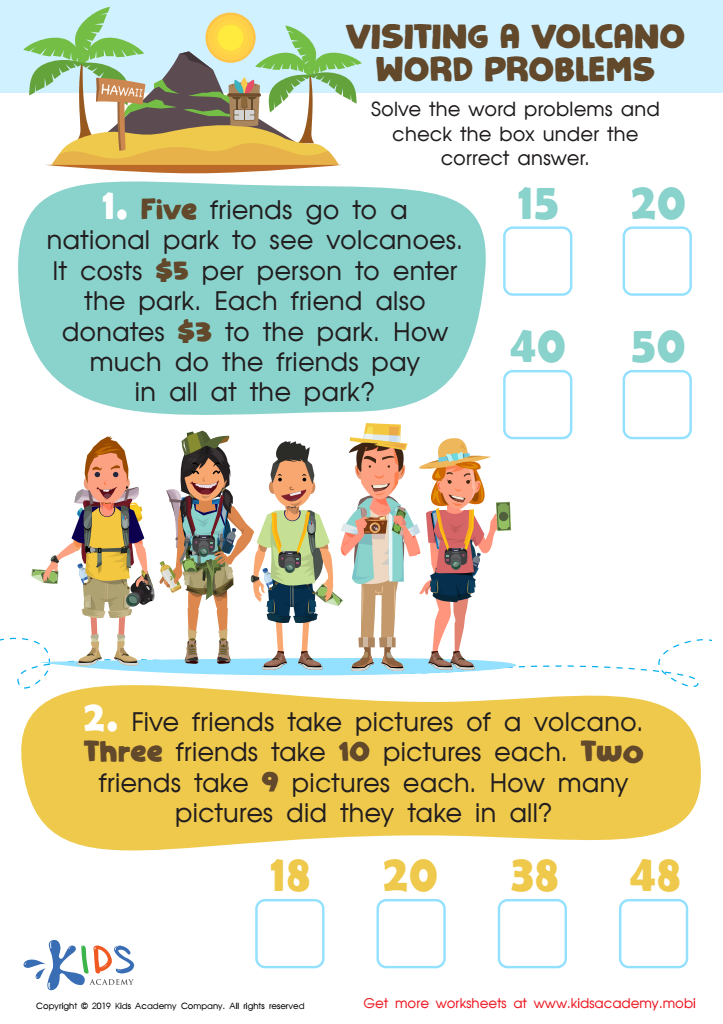

Visiting a Volcano Word Problems Worksheet
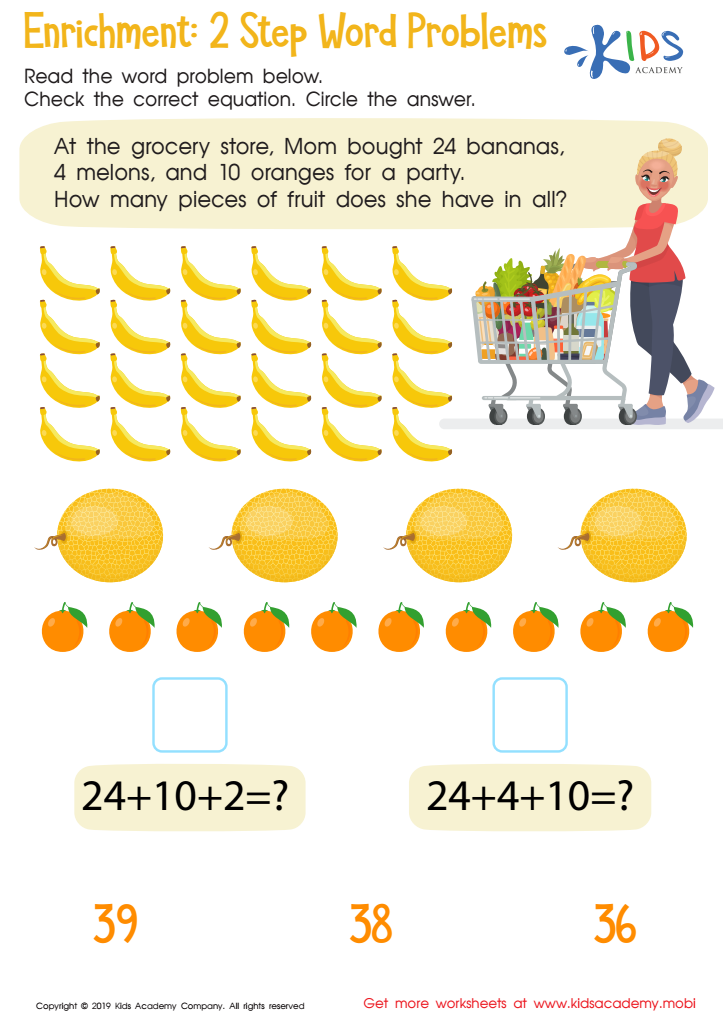

Enrichment -2 Step Word Problems Worksheet
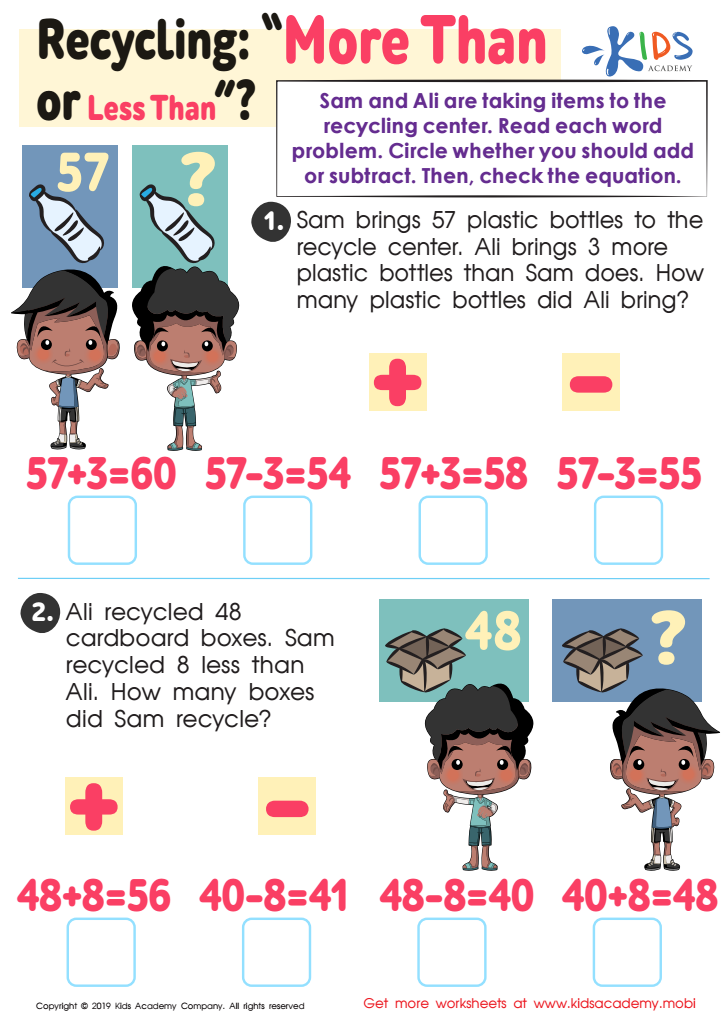

Recycling - More or Less Worksheet
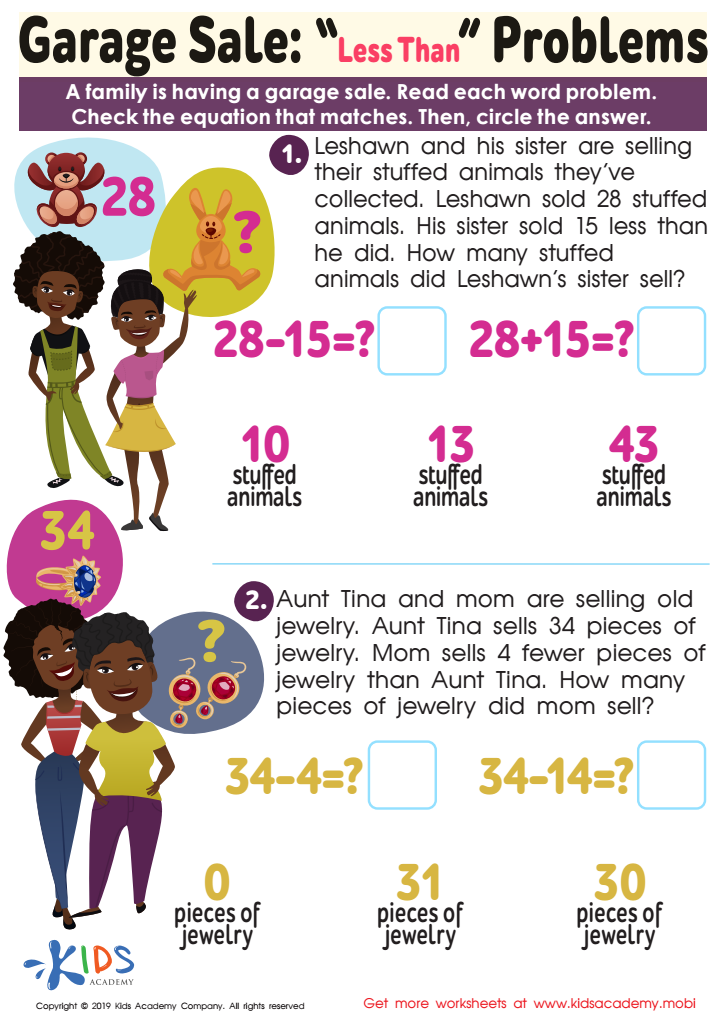

Garage Sale Less Than Worksheet
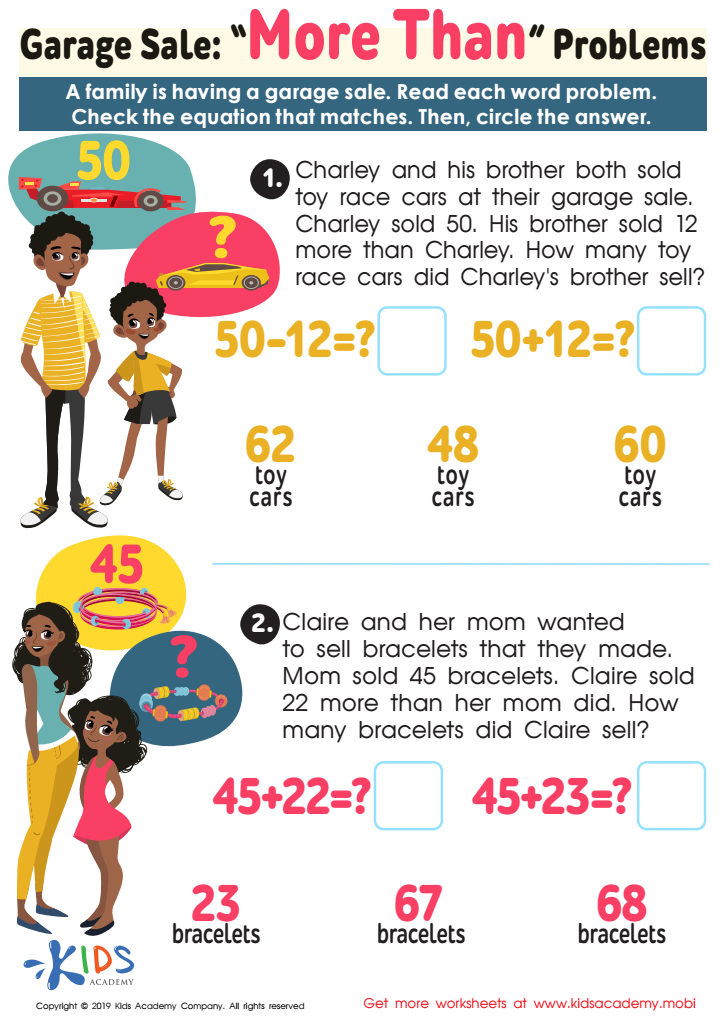

Garage Sale - More yhan Worksheet
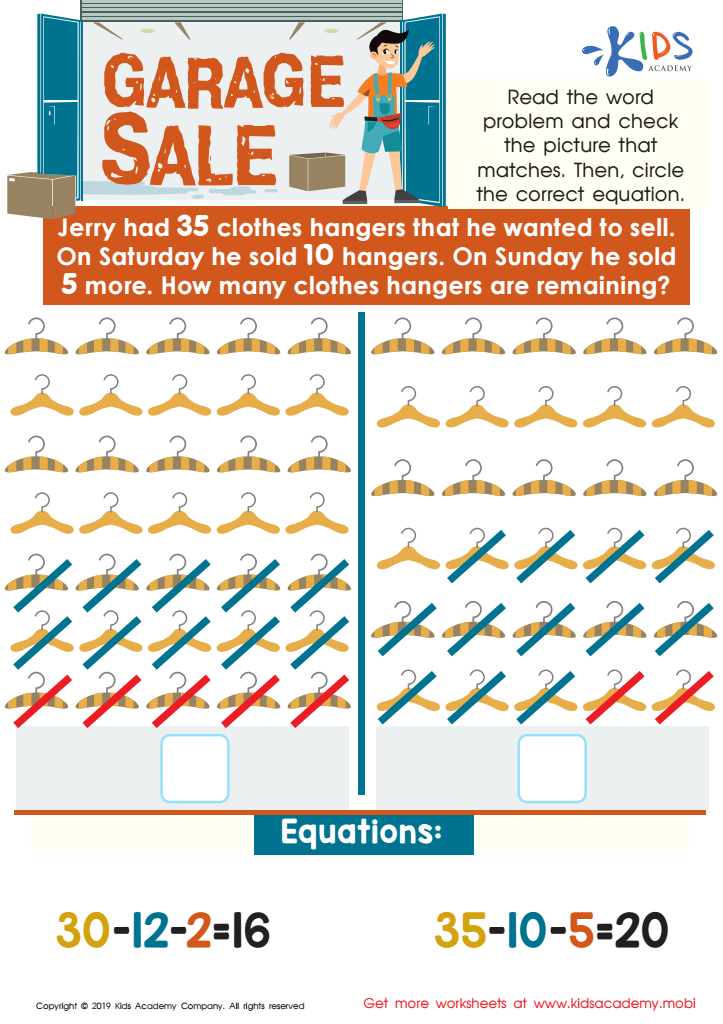

Garage Sale Worksheet
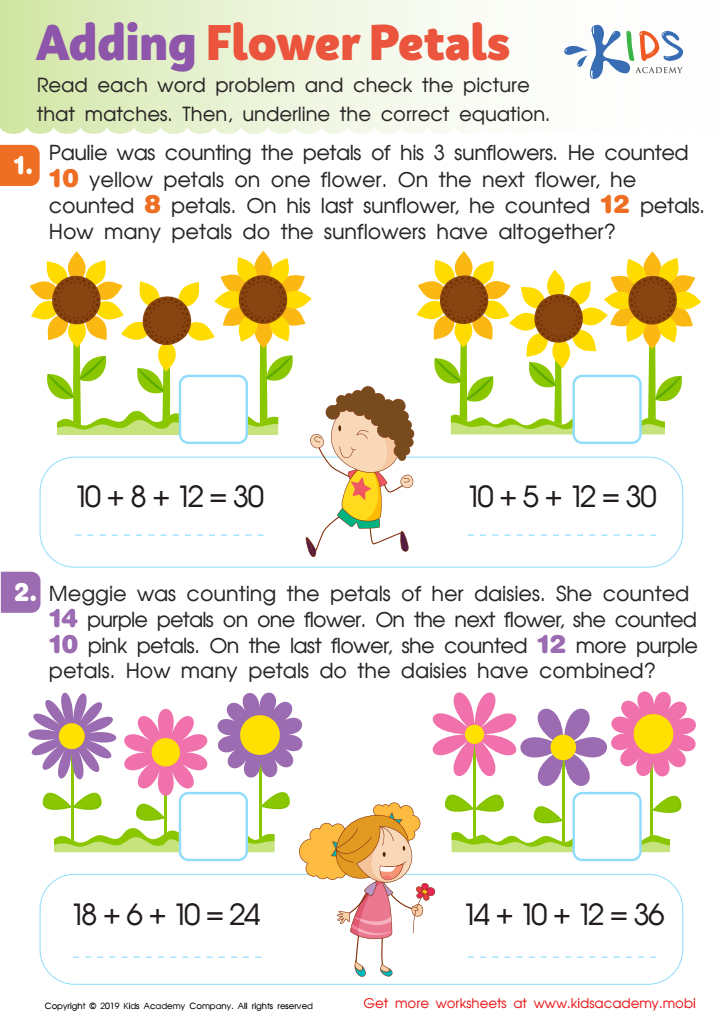

Adding Flower Petals Worksheet
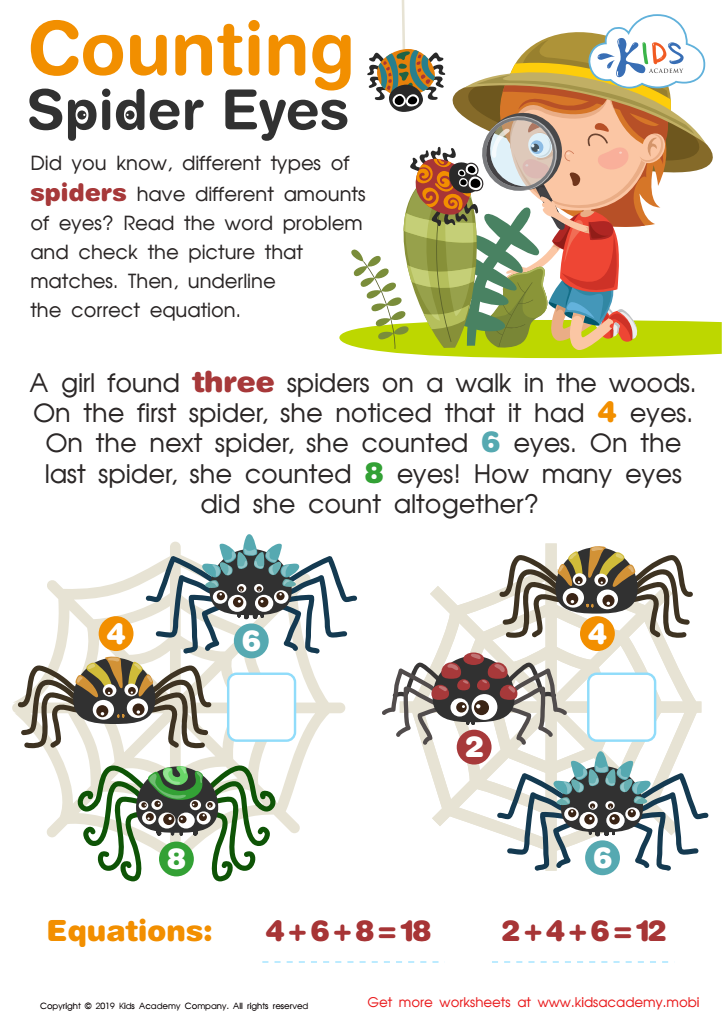

Counting Spider Eyes Worksheet
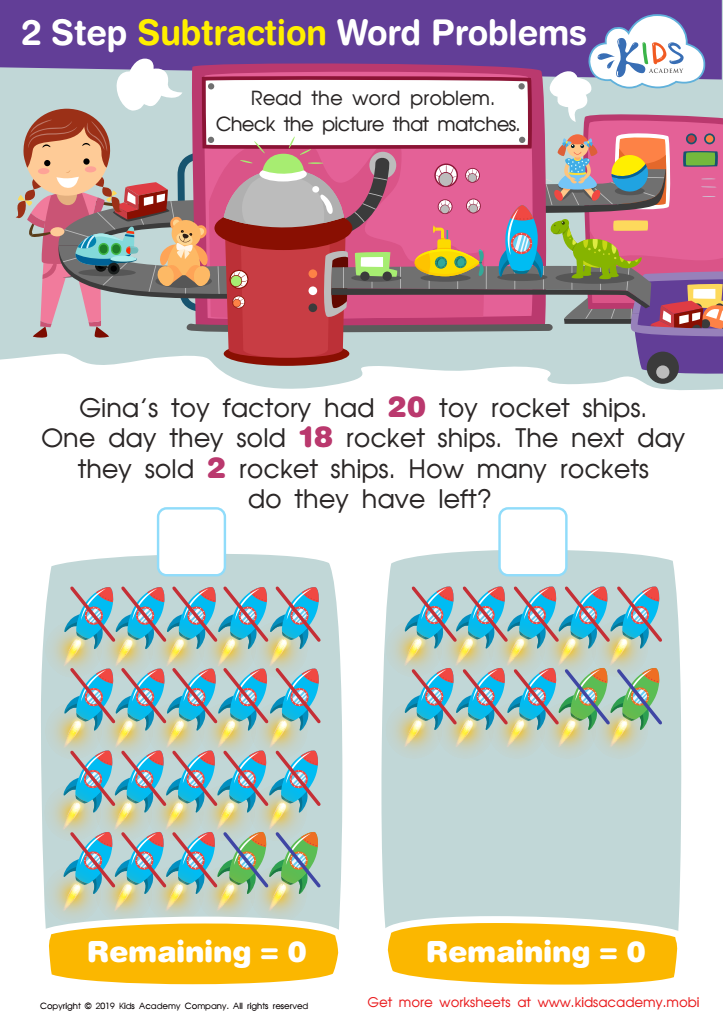

Step Subtraction Word Problems Worksheet
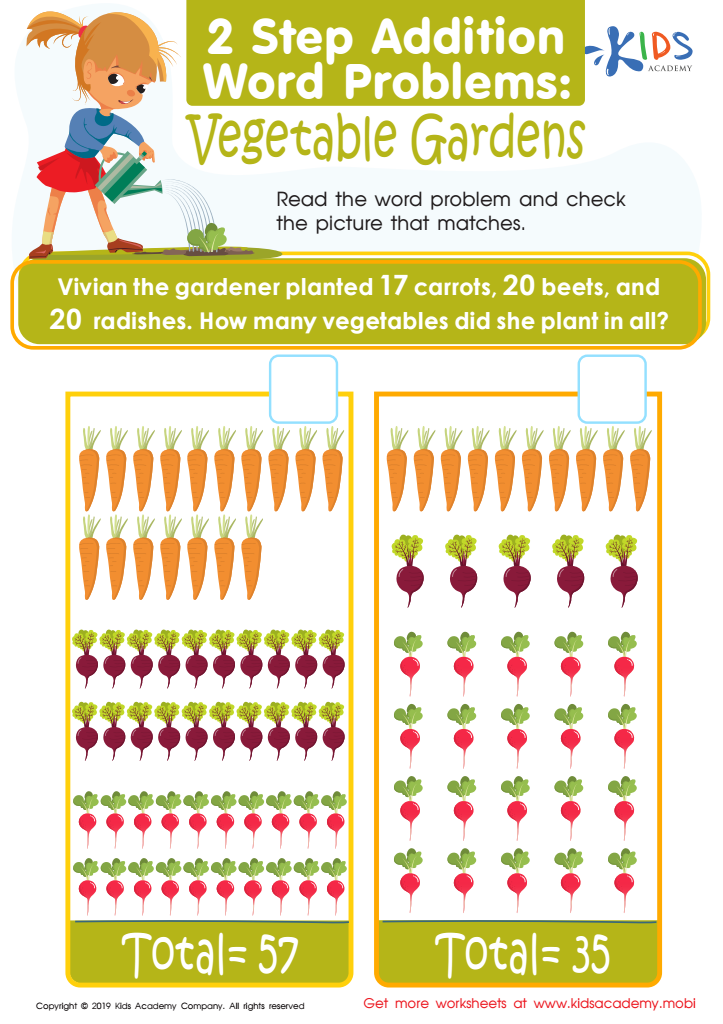

Vegetable Gardens Worksheet
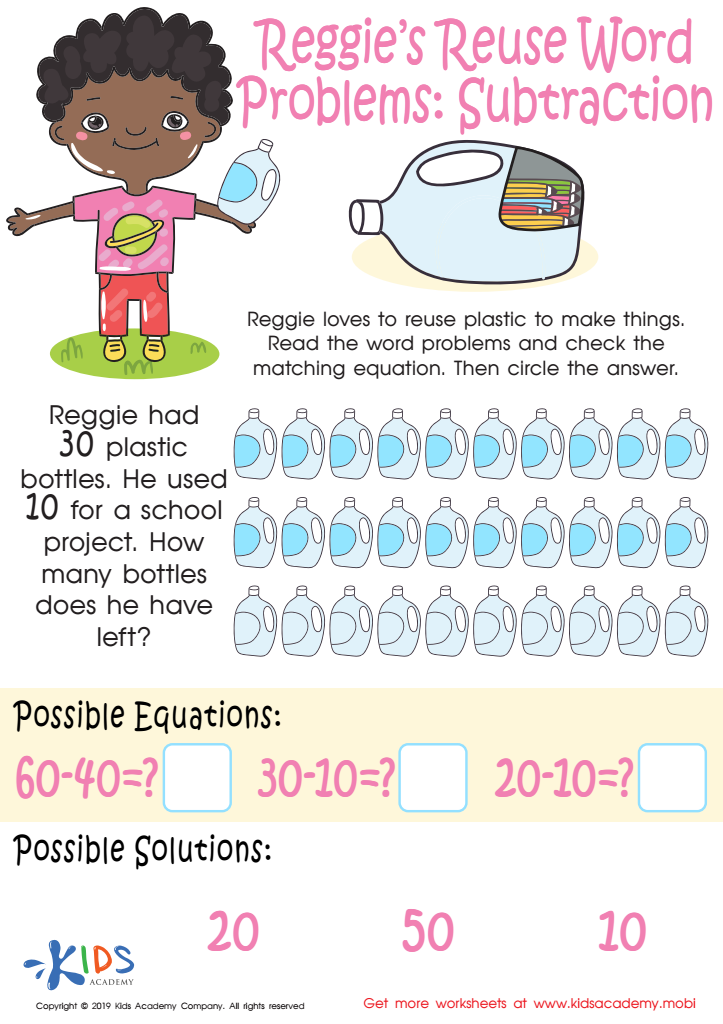

Reggie's Reuse Word Problems: Subtraction Worksheet
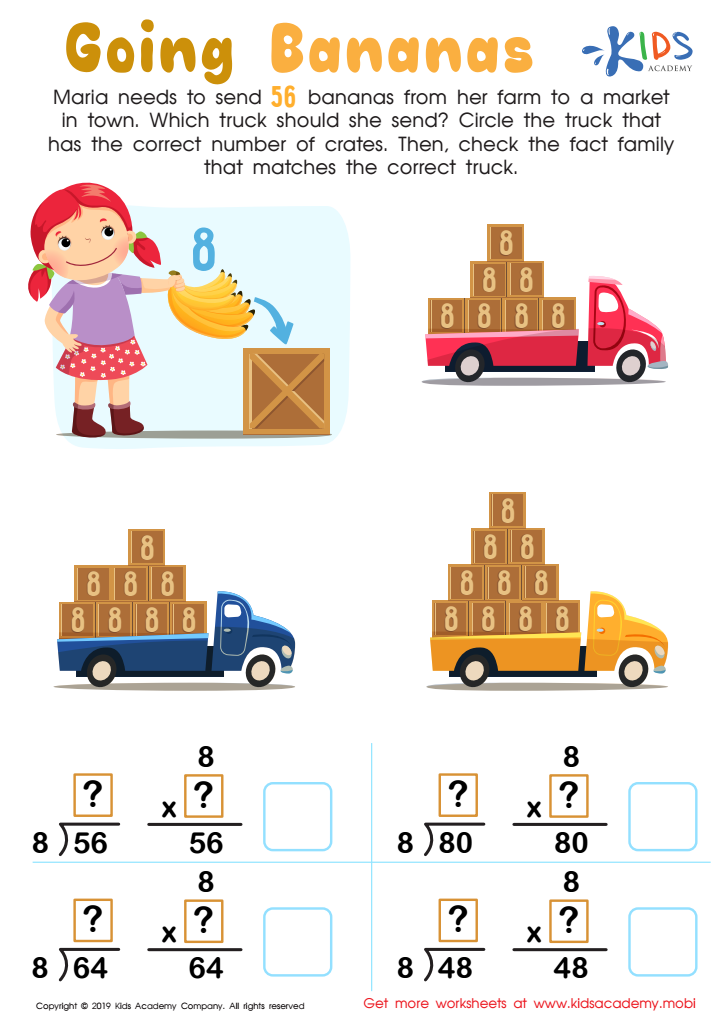

Going Bananas Worksheet
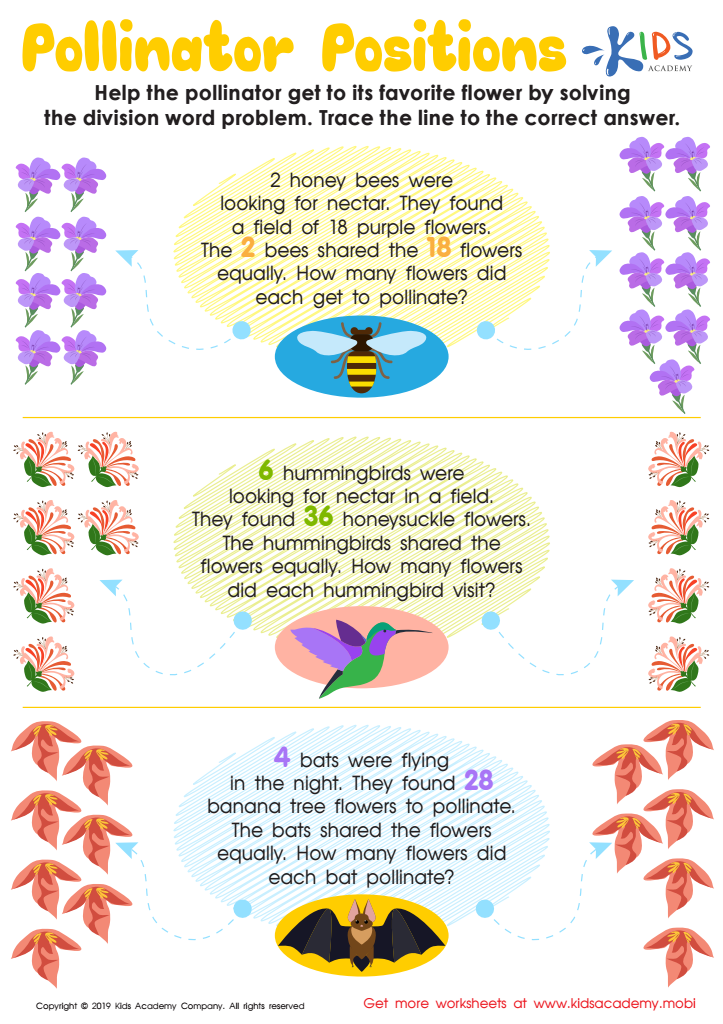

Pollinator Positions Worksheet
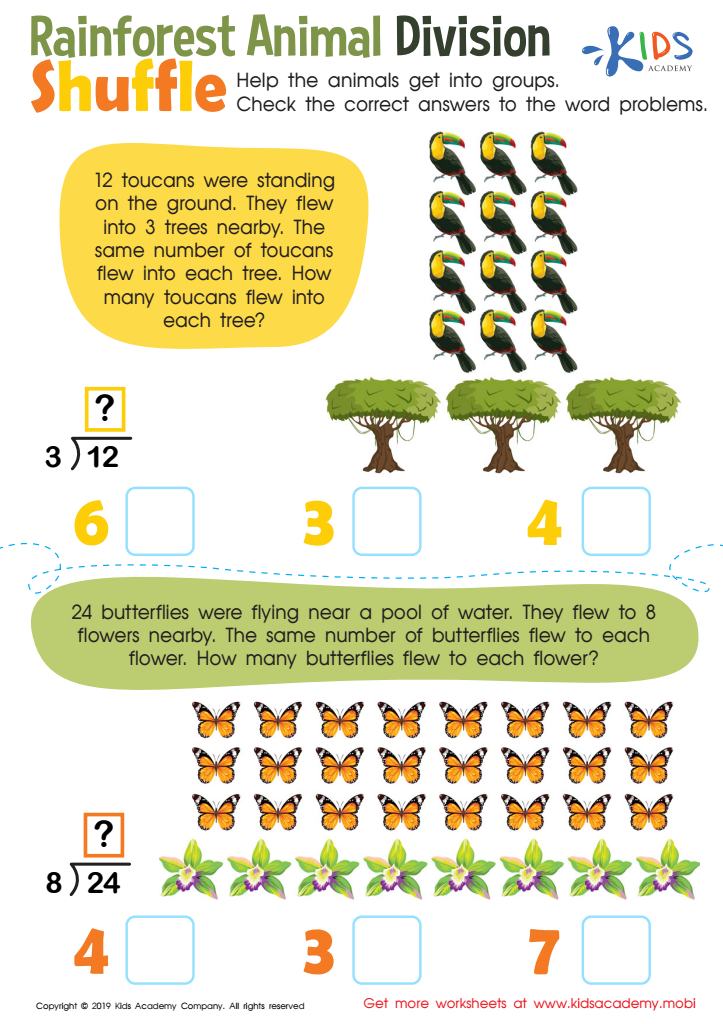

Rainforest Animal Division Worksheet
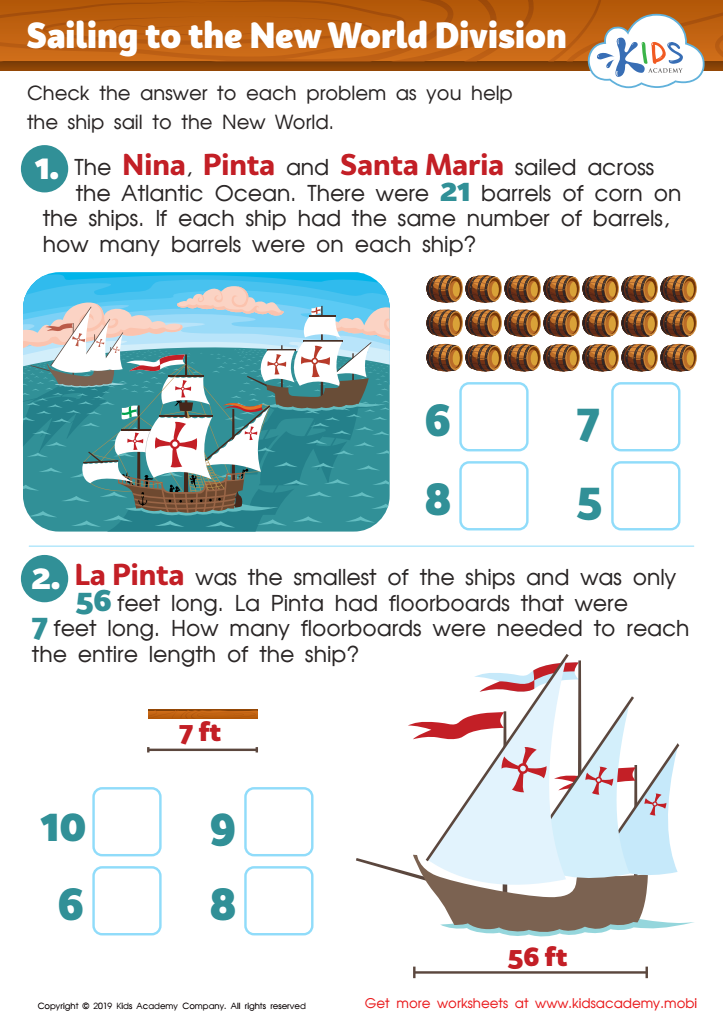

Sailing to the New World Division Worksheet


Dividing with Landforms
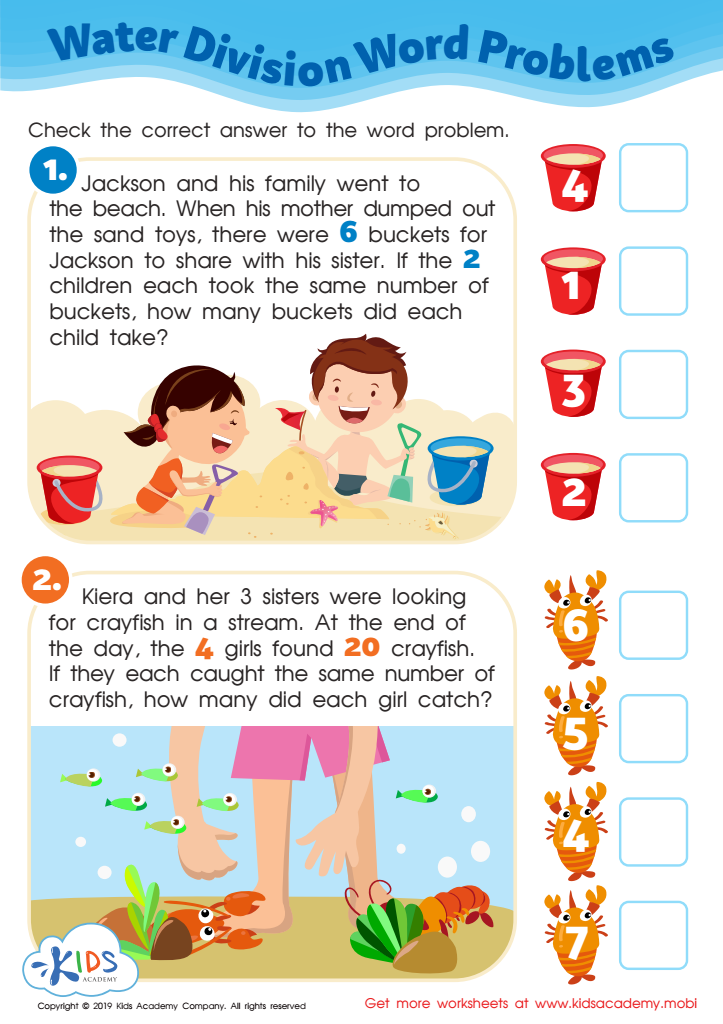

Water Division Word Problems Worksheet
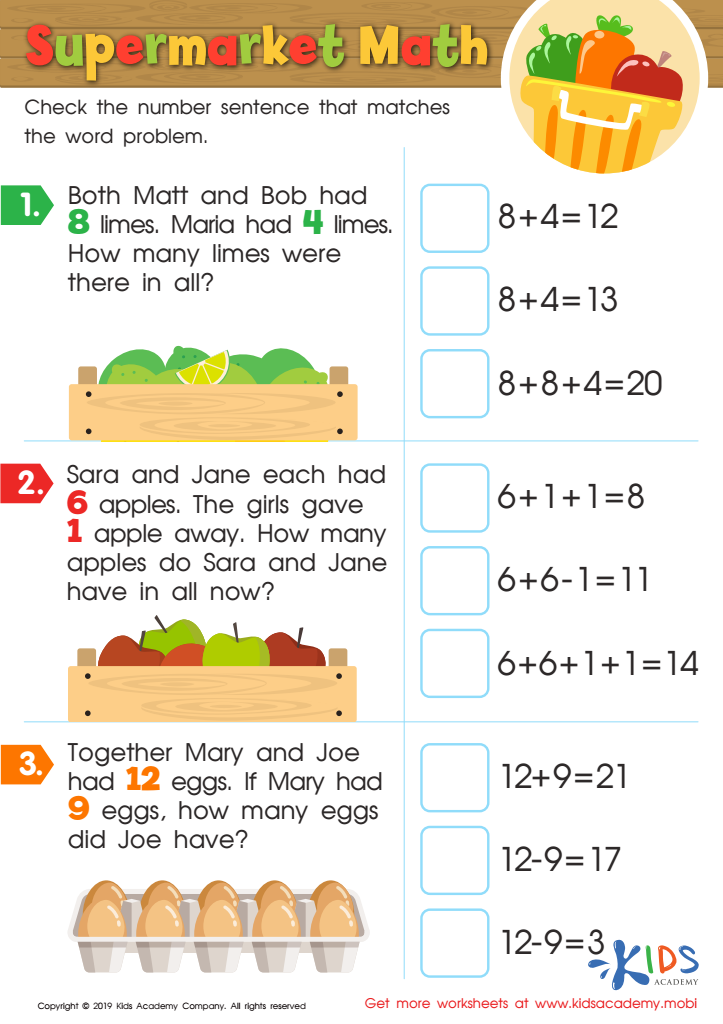

Supermarket Math Worksheet
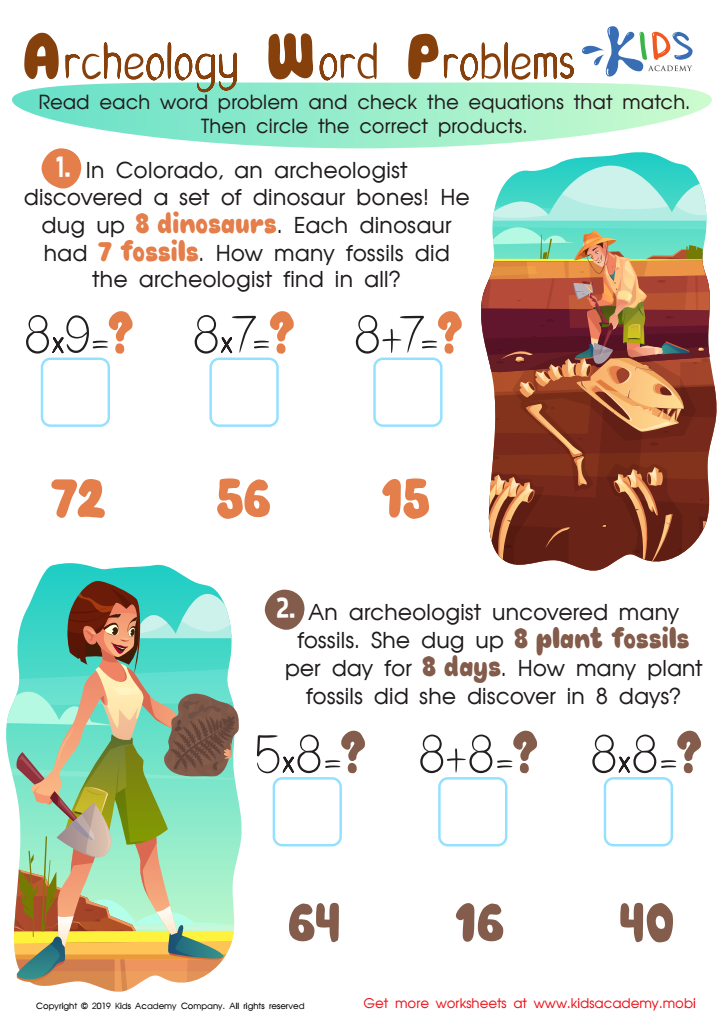

Archeology Word Problems Worksheet
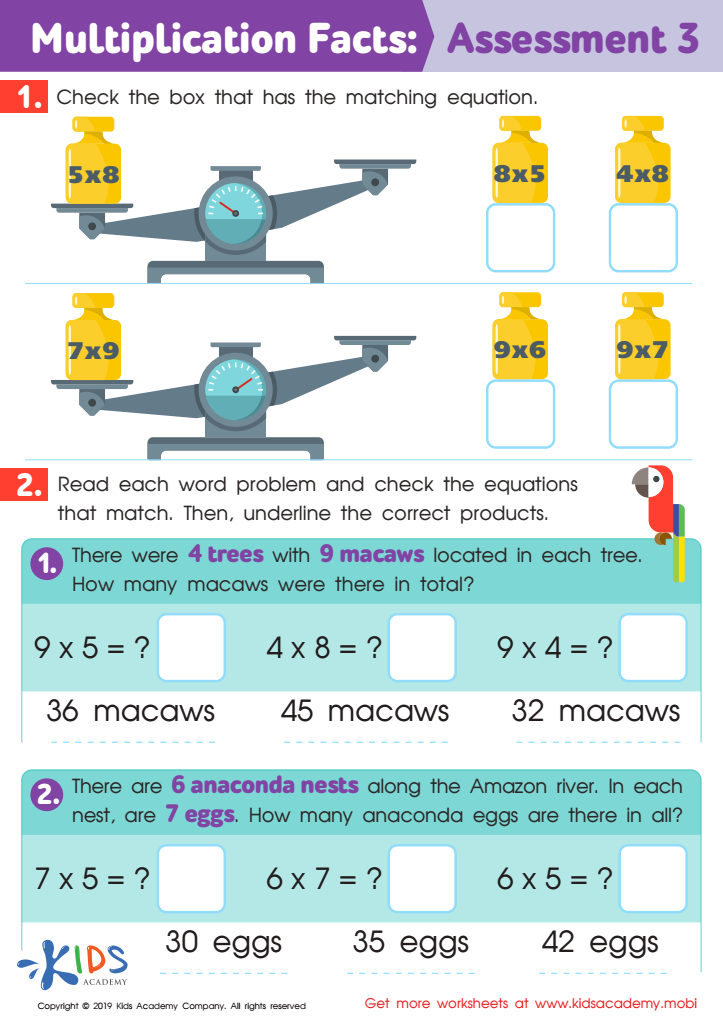

Multiplication Facts: Assessment 3 Worksheet
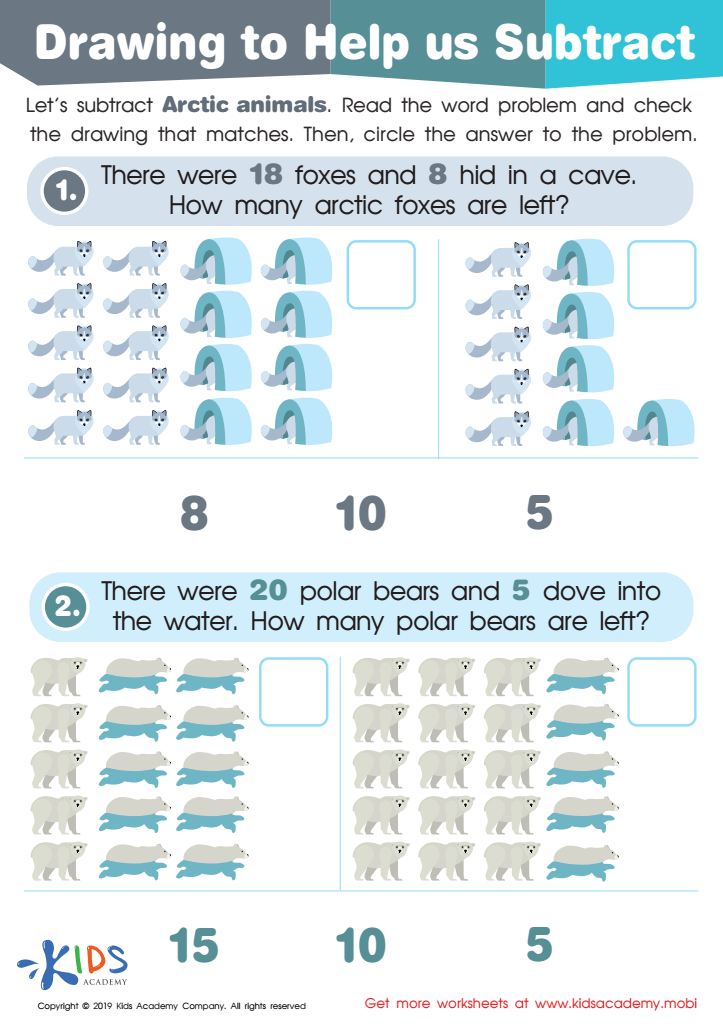

Drawing to Help Us Subtract Worksheet
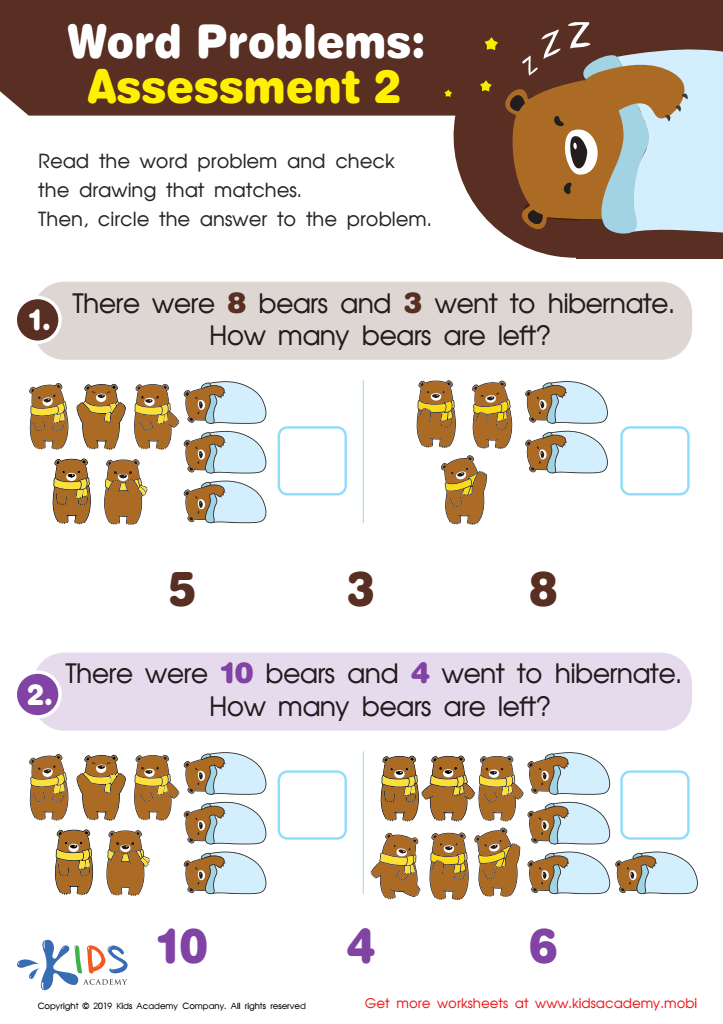

Word Problems: Assessment 2 Worksheet
The Value of School Interactive Worksheets for Word Problems in Early Childhood Education
In the foundational years of education, children aged 4 to 6 are not just learning how to read and write; they are also beginning to develop critical thinking and problem-solving skills. This is where school interactive worksheets, particularly those focused on word problems, become an invaluable tool in a young learner's journey.
Word problems are a vital part of learning mathematics as they go beyond mere numbers and operations. They require children to read, comprehend, and identify the mathematical operation required to find a solution. But why exactly are these worksheets so crucial for children in this age group, and how do they benefit from them?
Enhancing Comprehension Skills
School interactive worksheets designed with word problems are tailor-made to strengthen reading comprehension. At ages 4 to 6, children are just starting to piece together sentences and understand context. Word problems on worksheets encourage children to read carefully and understand what is being asked, enhancing their ability to grasp complex ideas from a young age.
Building Mathematical Reasoning
Unlike straightforward arithmetic, word problems require a deeper level of thinking. Children need to decide what operations to apply (addition, subtraction, etc.) based on the scenario presented, not just rote calculation. This nurtures early mathematical reasoning and problem-solving skills, setting a strong foundation for more advanced math concepts later in their academic careers.
Promoting Real-World Application
One of the greatest benefits of using school interactive worksheets is their ability to connect classroom learning with real-world scenarios. Word problems often involve everyday situations, like buying fruits or dividing treats among friends, which helps children see the relevance of math in daily life. This not only maintains their interest in the subject but also enhances their engagement and eagerness to learn.
Encouraging Interactive Learning
Modern school interactive worksheets are often digital or can be used with interactive tools that make learning dynamic and fun. These digital platforms often include features such as instant feedback, hints, and interactive elements like drag-and-drop, which keep young learners engaged. This interactive approach also allows for personalized learning, where worksheets adjust the difficulty level based on the child’s performance, catering specifically to their learning needs.
Fostering Confidence and Independence
Working through word problems helps children feel accomplished once they arrive at the correct solutions. School interactive worksheets provide a structured way for children to practice independently at their own pace, which builds confidence. The more they practice, the more confident they become in their abilities to tackle various problems. This confidence is crucial, as it encourages them to tackle more challenging questions and drives their overall academic growth.
Developing Patience and Persistence
Word problems can be complex and require a thoughtful approach to solve. This teaches children patience as they need to slow down, read through the problem, and think about the solution. Furthermore, not every problem is solved on the first try, especially for young learners. School interactive worksheets offer a safe environment to make mistakes and learn from them, which is a key part of developing persistence. The feedback provided by interactive worksheets helps children understand what went wrong and how to correct their approach in future attempts.
Enhancing Collaboration Skills
While worksheets can be completed independently, they also offer opportunities for collaborative learning. In classroom settings, teachers can encourage students to work in pairs or small groups on interactive worksheets to solve word problems. This collaborative approach promotes communication and teamwork among young students, as they share ideas and strategies for solving problems. It also allows children to learn from their peers, often reinforcing concepts more effectively.
Customizable and Adaptable Learning
Teachers and educators can customize school interactive worksheets to align with the learning objectives and the pace of their classroom. Whether it’s adjusting the complexity of the problems or incorporating specific vocabulary that has been taught in class, these worksheets are highly adaptable. They can also be reused and modified for different groups of students, making them a versatile tool in early childhood education.
Conclusion
In conclusion, school interactive worksheets focused on word problems are more than just an educational resource for children aged 4 to 6. They are a multifaceted tool that helps develop essential skills such as reading comprehension, mathematical reasoning, real-world application, and independent learning. By integrating interactive elements, these worksheets make learning engaging and effective, fostering a love for learning and a strong foundation in critical thinking. For young learners, these early experiences with problem-solving not only prepare them for future academic challenges but also equip them with the skills to navigate everyday situations with confidence and curiosity.
 Assign to My Students
Assign to My Students









